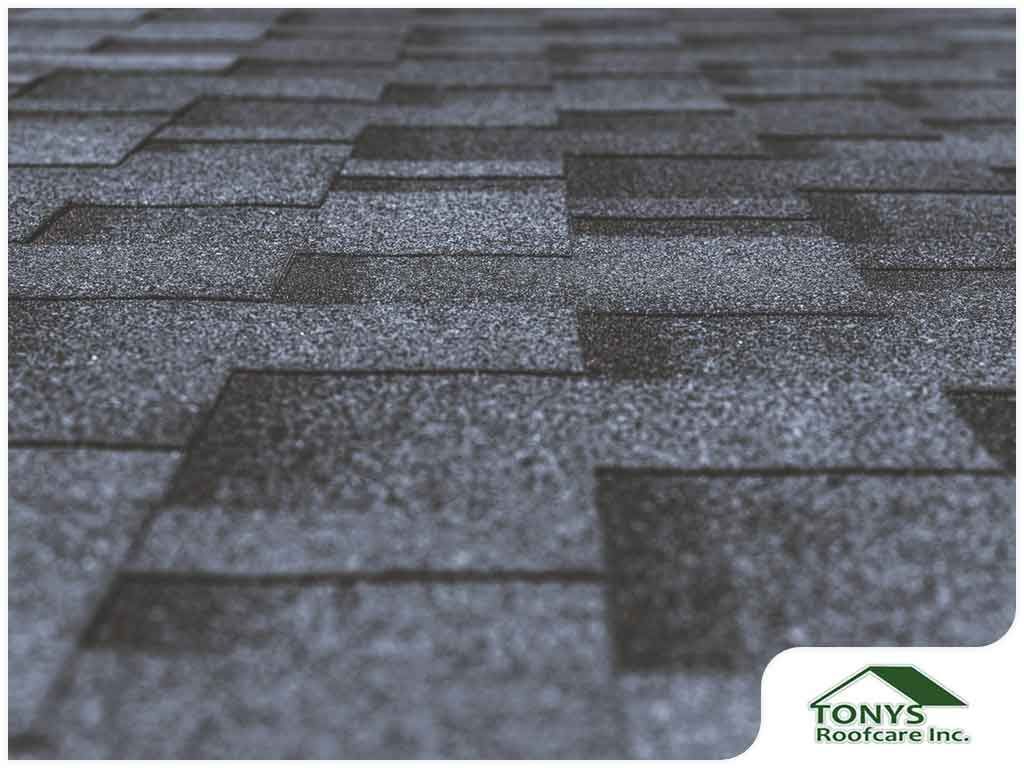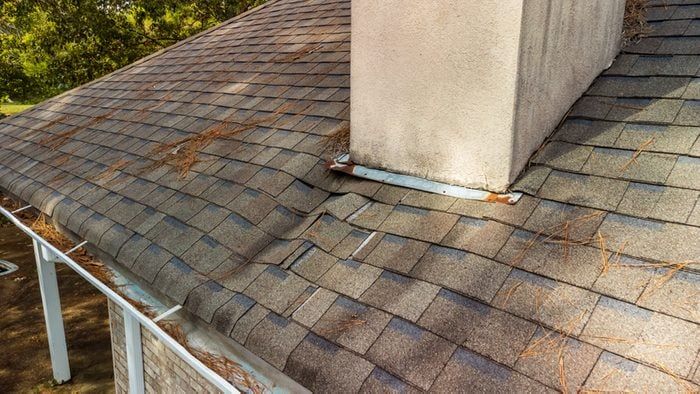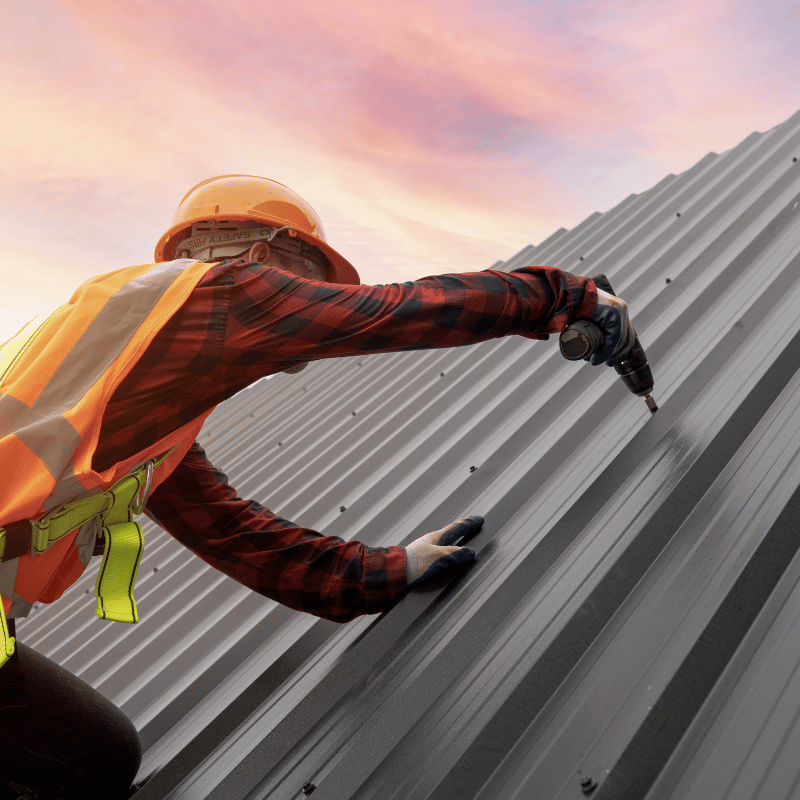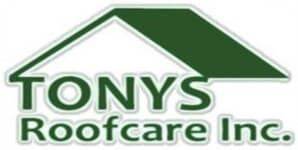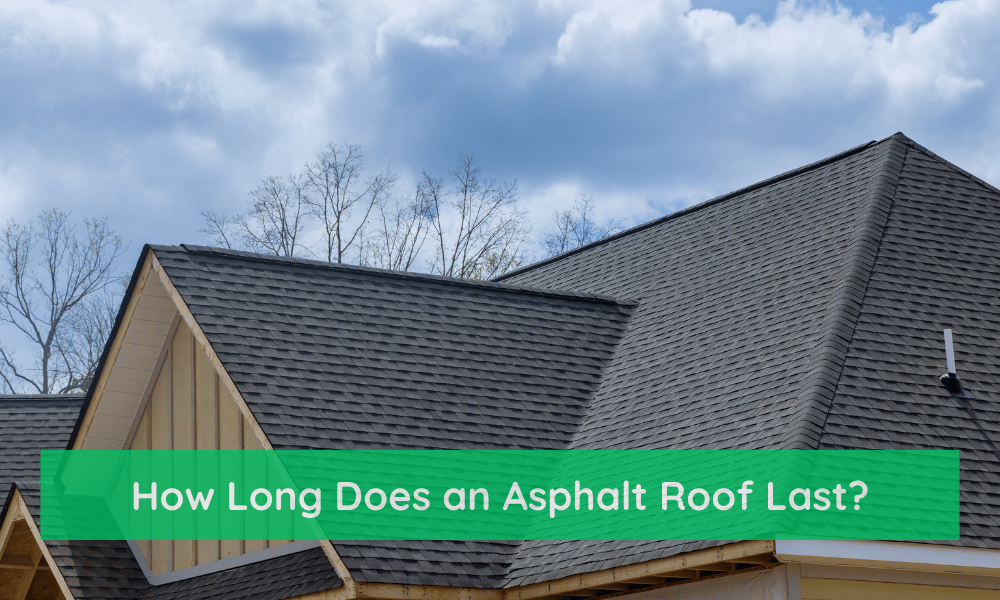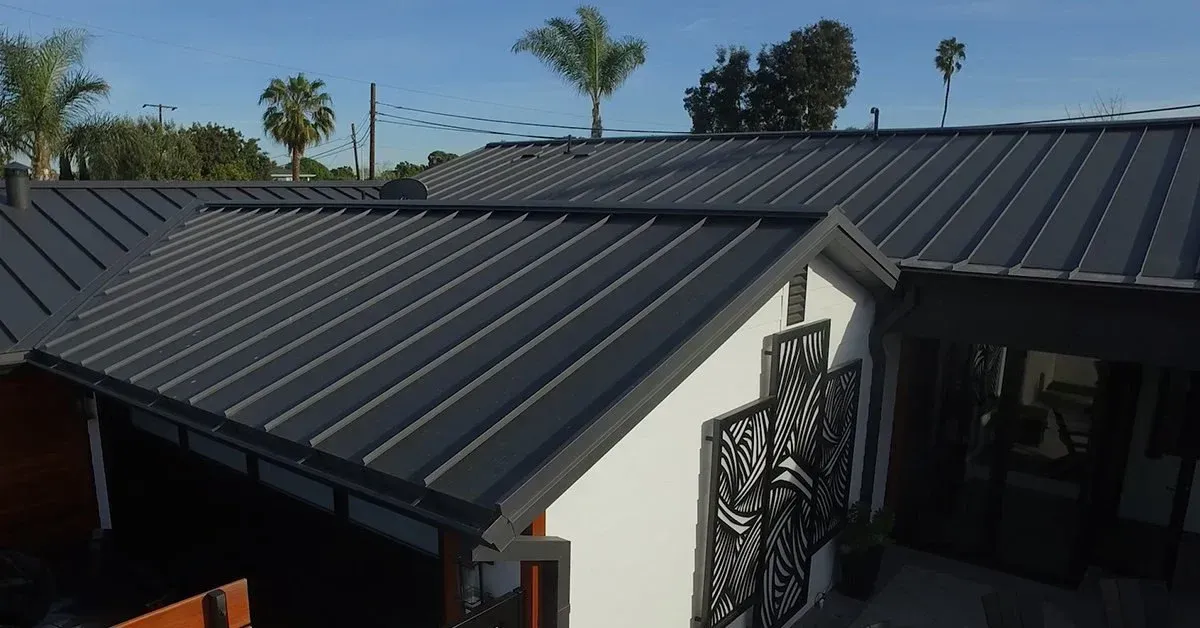June 2, 2025
There’s nothing like the sound of a drip-drip-drip to ruin a peaceful morning—or worse, discovering water stains creeping across your ceiling. A leaky roof doesn’t just disrupt your comfort; it puts your entire home at risk. But don’t worry—you’re not alone. Tony’s Roof Care is here with a step-by-step guide to help you learn how to find a roof leak fast, before it causes serious damage. Start With the Obvious Signs of a Roof Leak Before you grab a ladder, begin your search indoors. Some of the most common signs of a roof leak show up inside your home: Brown or yellow water stains on the ceiling or walls Bubbling or peeling paint Musty odors or mold Dripping water or damp spots after it rains These interior leaks often point directly to a roof leak, especially when located under valleys, chimneys, or vents. Tony’s Roof Care always recommends noting these signs before heading to the attic or roof. Inspect Your Attic Access for Moisture Clues If you have attic access, it can be your best tool for finding a roof leak. Head up with a flashlight and look for: Wet or dark spots on the insulation or rafters Visible mold growth Dripping water or moisture buildup after a storm Take note of the location of any leaks or dampness—it will help narrow down the source once you check the roof itself. If you're unsure what to look for, the experienced pros at Tony’s Roof Care can guide you through a full inspection. Trace the Path of the Leak Upward Water travels, so the leaky roof spot in your ceiling might not align directly with the source on the roof. Use your attic or ceiling stains as a guide, then work your way upward along rafters and framing to locate the point where the water enters. This method of finding a roof leak is not always precise, but it helps eliminate large areas of the roof. For stubborn leaks, Tony’s Roof Care offers thermal imaging and moisture detection tools to pinpoint trouble zones with precision. Check for Damaged or Missing Shingles Now it’s time to inspect the roof exterior. Using proper safety equipment (or better yet, hiring a professional roofer), look for: Missing, curled, or cracked shingles Damaged flashing around vents and chimneys Loose or corroded nails Debris buildup under shingles Sagging areas or soft spots These issues can all cause or contribute to roof leaks. If you’re not sure what to look for, or the roof is too steep, Tony’s Roof Care provides safe, thorough inspections as part of our roof repair services. Don’t Overlook Gutters and Roof Penetrations A surprising number of roof leaks start because of clogged gutters or failed seals around roof penetrations (like pipes, vents, and skylights). Make sure to: Clean your guters regularly to prevent water backup Inspect seals and caulking for cracks or deterioration Look for water damage near penetrations during and after rain Tony’s Roof Care often finds that simple maintenance, like cleaning gutters or resealing flashing, can prevent major roof repairs later. Simulate Rain with a Garden Hose Test Still can’t spot the leak? Try the garden hose trick. With a partner inside the attic, spray the roof section by section while your helper watches for dripping water. This test: Helps identify hidden leaks that don’t show up in dry weather Pinpoints the exact location of the roof leak Is best done in smaller areas, waiting a few minutes between sections If this sounds too tricky, don't worry—Tony’s Roof Care uses non-invasive leak testing technology that delivers accurate results without damaging your roof. Understand When It’s Time for Professional Roof Repair DIY inspections can help, but some leaks require professional attention. Call Tony’s Roof Care if you notice: Multiple leaks or chronic water damage Mold growth in your attic Sagging ceilings or rotting wood A roof older than 15 years with frequent issues Our licensed contractors provide honest assessments, reliable roofing solutions, and top-tier customer service. Whether it’s a simple repair, partial replacement, or full roof installation, we’ll get your home protected fast. Prevent Future Leaks with Regular Roof Maintenance One of the best ways to avoid roof leaks is to prevent them. A little maintenance goes a long way in preserving the health of your roof. Here’s what we recommend: Annual inspections by Tony’s Roof Care Keeping gutters and downspouts clear Removing debris from the roof after storms Prompt repairs for any signs of damage Ensuring proper attic ventilation to prevent moisture buildup Preventive care helps you catch issues early, avoid costly repairs, and extend your roof’s life. Don’t Let a Small Leak Become a Big Problem—Call Tony’s Roof Care Today Your home deserves to be dry, safe, and worry-free. If you're unsure how to find a roof leak or need fast, reliable roof repairs, reach out to Tony’s Roof Care. We’re just a phone call away from solving your leaky roof problems for good.
